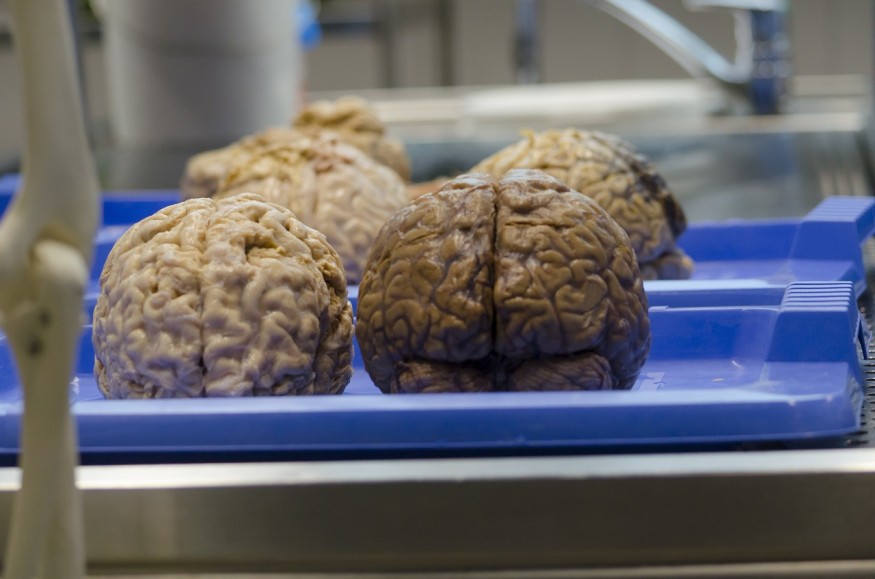
A novel study led by Xiaoyin Chen, formerly of Cold Spring Harbor Laboratory's (CSHL) Zador lab and now an assistant investigator at the Allen Brain Institute, has revealed transformative findings in brain mapping.
Using the enhanced BARseq technique, developed in collaboration with CSHL Professor Anthony Zador, the study uncovered remarkable alterations in gene expression within the visual cortex of mice, shedding new light on the brain's response to sensory deprivation.
BARseq, initially devised to map thousands of neural pathways, has undergone a significant upgrade, now capable of mapping millions of neurons with unprecedented accuracy. This advancement enabled Chen and his team to delve into the intricate workings of the visual cortex, unraveling the molecular changes triggered by blindness.
In their study, published in Nature, the researchers analyzed the brains of nine mice, employing BARseq to trace gene expression patterns within the visual cortex. The results were striking. Upon inducing blindness in the mice, the team observed a dramatic shift in gene expression, with the visual cortex adopting characteristics akin to neighboring brain regions.
According to Chen, the findings challenge previous notions of brain plasticity and underscore the profound impact of sensory input on cortical organization.
"The effects of losing vision were very broad," Chen said in a news release. "The visual cortex itself changes. It becomes more similar to the areas around it. There are still a lot of questions about how development controls this patterning."
"Understanding how cortical areas are set up is the first step in understanding these connections," he added. "But it's not enough. We still need to discover how they progress during development. BARseq can bring us closer to that goal."
Moving forward, Chen and his team aim to further expand BARseq's capabilities, probing the intricacies of brain development and connectivity. By leveraging this cutting-edge technique, they hope to unravel the mysteries surrounding cortical organization and pave the way for innovative treatment strategies targeting neurological disorders.
"We are focused on pushing BARseq forward. We want to make this easy for everybody to use, faster, more sensitive. Can we read out more information with it? With much higher scale, you can start to answer different questions," Chen noted.
